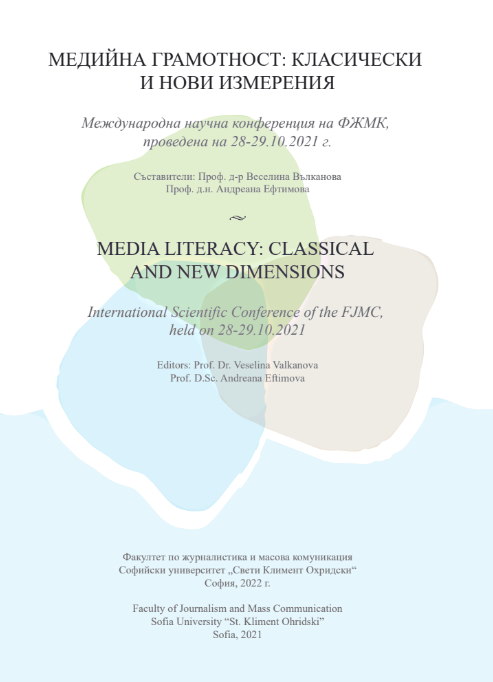Media literacy vs. human trafficking: How to protect children and young people from modern slavery and cybercrime
Media literacy vs. human trafficking: How to protect children and young people from modern slavery and cybercrime
Author(s): Antoaneta Vassileva
Subject(s): Social Sciences, Media studies, Communication studies
Published by: Факултет по журналистика и масова комуникация, Софийски университет „Св. Кл. Охридски”
Keywords: media literacy; competencies; internet; protection; prevention; human trafficking; abuse; sexual online exploitation; social networks
Summary/Abstract: Today, several generations of children, called digital natives, are growing up in a digital network without fully understanding and recognizing the dangers of it and what safe behavior is online. The Internet has quickly established itself as a convenient and inexpensive way to communicate between people, but it has also undeniably demonstrated its potential to be actively used by criminals. Today, perpetrators of human trafficking have one of the most effective, unrestricted, and anonymous means of recruiting and exploiting victims. The unprecedented crisis caused by the COVID-19 pandemic has only increased the vulnerability of victims and challenges for investigators, and cases of child abuse and online sexual exploitation have jumped dramatically. How to protect children on the Internet from human trafficking and online sexual exploitation? Can the active development of media literacy and all related competencies be the key to the effective protection of children from traffickers who actively seek contact with them on the Internet?
Book: Медийна грамотност: Класически и нови измерения
- Page Range: 144-153
- Page Count: 10
- Publication Year: 2022
- Language: English
- Content File-PDF

